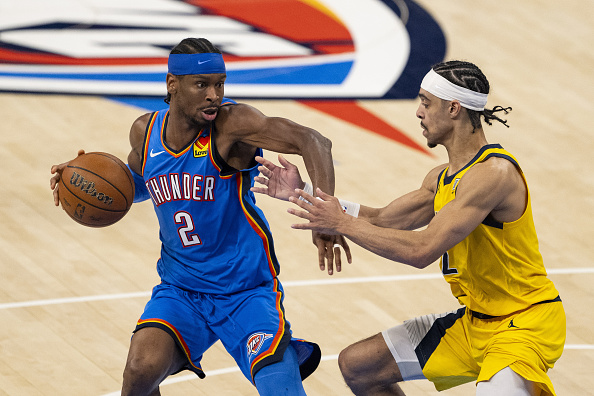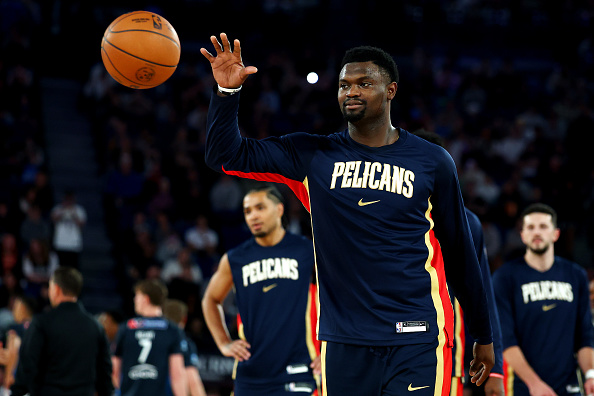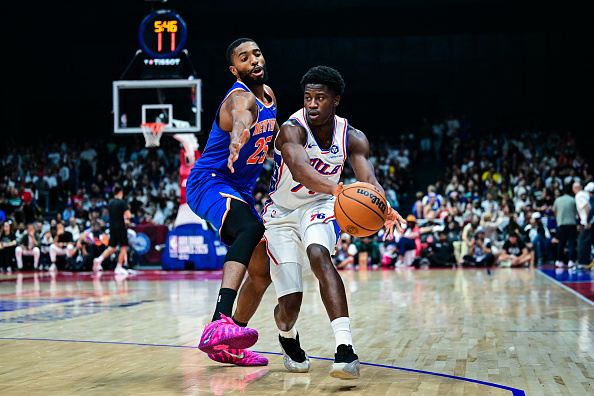It wasn’t that long ago when NBA organizations built their team through a flurry of draft additions and the signing of one coveted free agent. Those were the times when almost every team had one big star, two or three above-average players, and a bunch of mediocre role players.
For the last decade or so, that has not been the case. Currently, the top 25 or so players in the league are basically divided up amongst five or six teams, while the rest of the teams in the league are average (at best) from top to bottom of their roster.
The first dynasties that come to mind are the Lakers, Celtics, Spurs, Warriors, the bad-boy Pistons, and the Jordan Bulls. For the most part, they built their teams by good drafts, excellent coaching, and coming together as a team. Even if the players hated each other off the court, when it was game time, it was time for business.
Picture Larry Bird not re-signing with the Celtics and taking his talents to the Lakers, or Kobe Bryant leaving L.A. for South Beach. How about Karl Malone joining the Bulls after losing to them in the finals? That would’ve robbed fans of the legendary Magic and Bird or Jordan and Malone matchup.
Lately, when you watch an NBA game, it’s almost like watching a live-action video game, when you put all the best players on your team so you could go 82-0 and sweep your way to the championship.
How times have changed. Many argue that the game is changing, or that if you wish to compete, you need two or three superstars. How does that help a team that can’t afford three max contracts at the same time? How about the smaller market teams, like Charlotte or Washington? What if Kevin Durant, James Harden, and Russell Westbrook stayed together in Oklahoma City? They could have possibly been the next dynasty, built through drafting well and good coaching.
But at same time, this past season showed us that having the best player in the league with okay players around him gets you to the playoffs. If that player has a bad game or bad series, the supporting cast isn’t good enough to overcome that.
While having those two or three top tier players doesn’t guarantee you a championship. More often than not, it guarantees you the playoffs. That is, as long as those stars adapt, and accept that they are going from being “The Guy” in New Orleans, Toronto or Oklahoma City to being one of the guys, in Los Angeles or Houston.
We’ll have to wait and see how the upcoming season plays out. It would be a shock if the Finals don’t feature one of the three Californian super teams (Warriors, Lakers, and Clippers). The eastern conference remains wide open, at least until Kevin Durant is back and healthy for Brooklyn. But the favorites are Philadelphia and Milwaukee, both of whom are virtually putting the same team on the court as last season.
Ultimately, it seems like the NBA should go back to the way it used to be, where if you wanted to see the all-stars, you had to wait until a weekend in February. But the reality is that this is the way it’s going to stay. Hopefully, the consequence isn’t going to be the smaller market teams folding.






